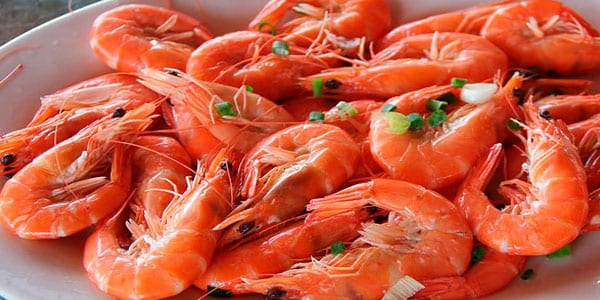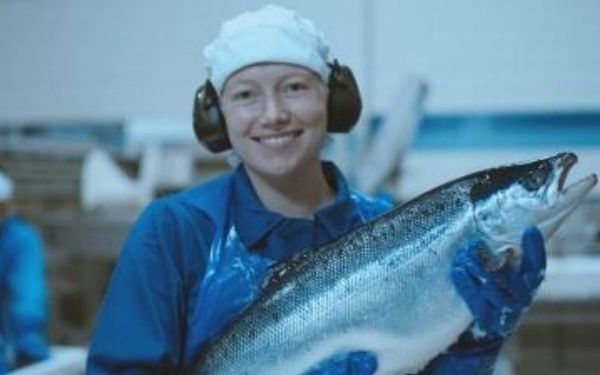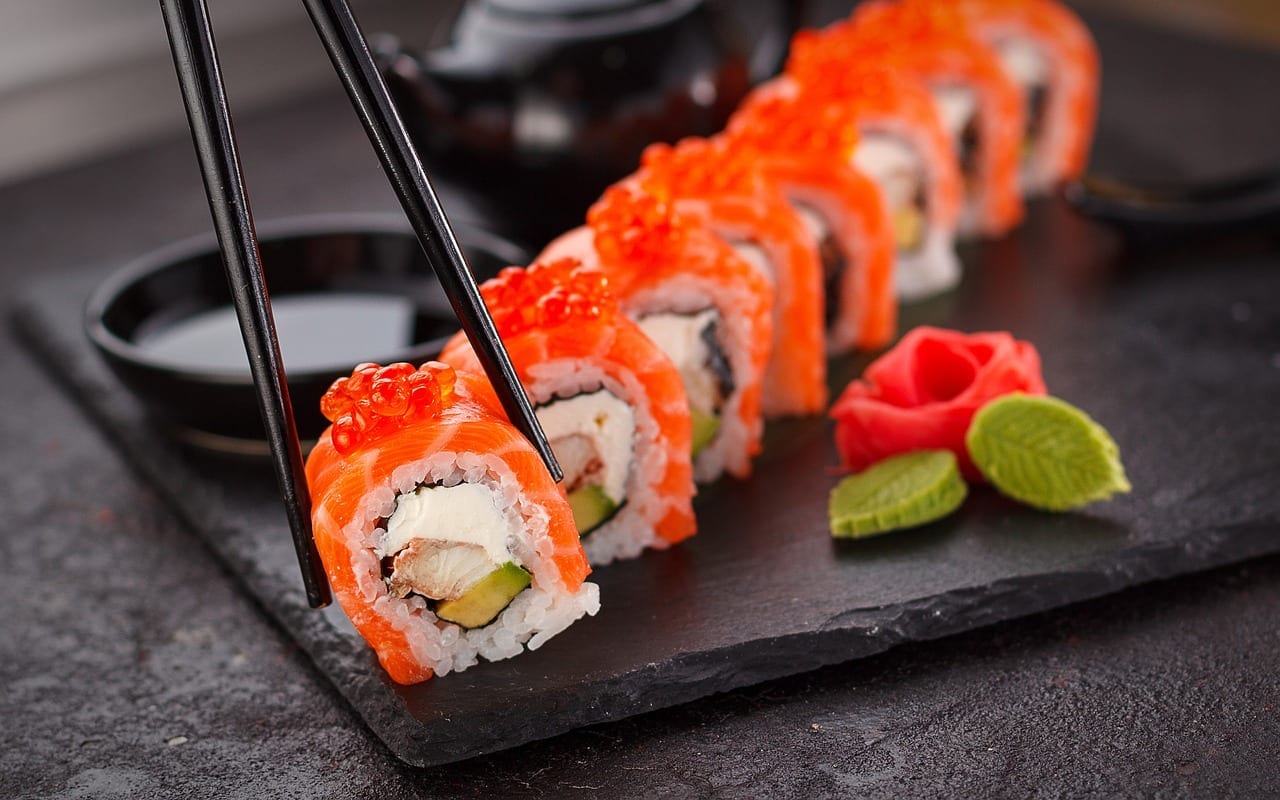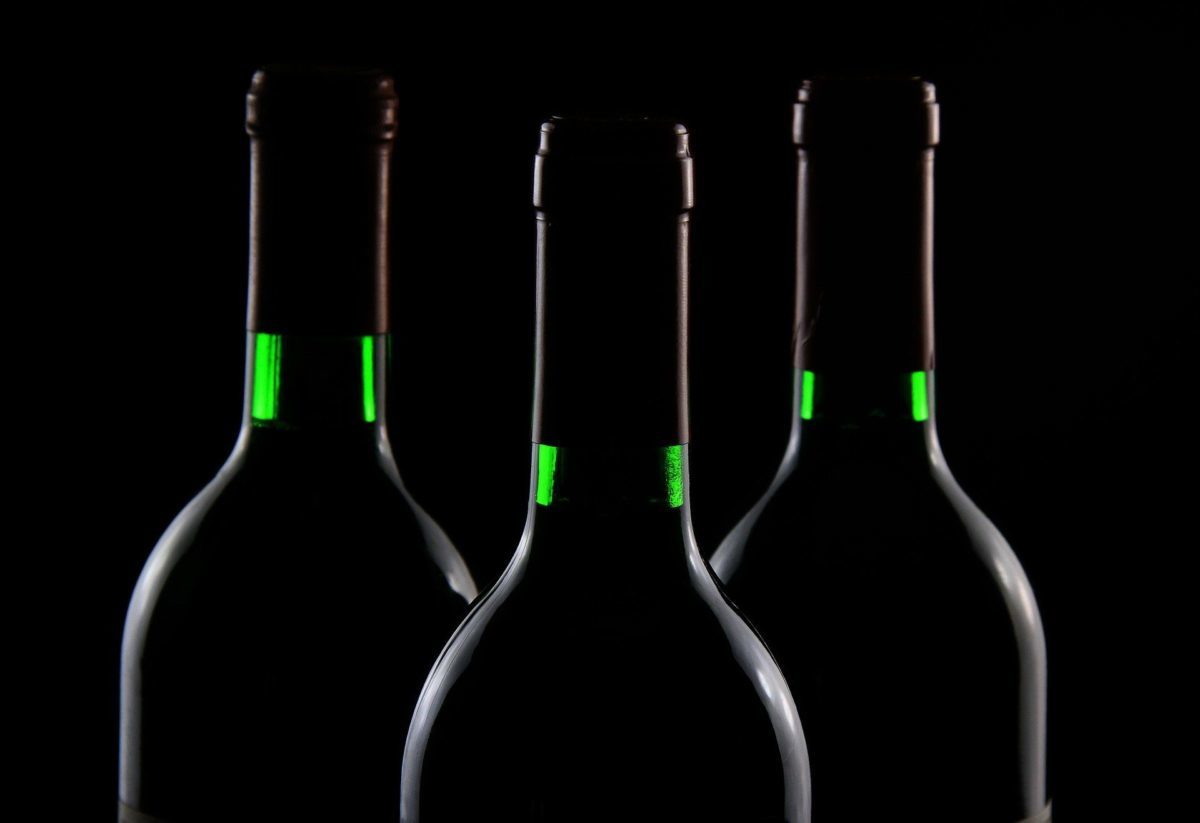It was as a result of one of the trendy foods in the western world today, as is the poke, how it was known and diagnosed the anisakis in the fish. A Hawaiian resident of Japanese origin suffered an infection from a larva of this parasite when eating raw fish in the mentioned dish. Since then, thousands of cases have been diagnosed across the planet. The level of parasites present in seafood has increased and continues to boom, as indicated by a recent study carried out by the University of Washington. Here we tell you more about it because this subject worries lovers of the sushi or similar foods.
Increased parasites in fish
The aforementioned study reveals the incredible parasite proliferation in the marine world. The data from the work carried out by the American university suggest that the population of anisakis in the fish would have multiplied by 200 in the last 40 years. Although there is speculation about the reason for this brutal increase in the number, there are no certainties in the study and it points to the less marine biodiversity. Also to climate change or the use of pesticides that end up in the sea.
Nor is it able to determine which species is preferred by the parasite. In this way, it is attributed to the adaptation of the bug that, depending on the species of each place and time, lodges in them.

Where is the risk?
In the gastronomy This current issue should be taken into account. Both at the level of hostelry as in every home with the recipes and dishes that are prepared. International dishes like el sushi, el sashimi, ceviche o simply dishes as popular as the anchovies in vinegar may be the cause of an infection with this parasite. In the same way as some pickled preparations. Neither does the fish smoked that it has not been subjected to freezing gives us guarantees that it is free of this problem and we must be prudent.
Anisakis in fish It is increasingly present in species such as salmon, hake, anchovies, sardines, sea bream, whiting, redfish, pollock, fresh cod and horse mackerel. It is also present in crustaceans such as lobster, prawn, lobster, prawn, shrimp, crab and spider crab.

What can we do?
We must ask for the clean fish, preventing viscera are in the fish for a long time. All the fish to be eaten crude, that is to say that it is not cooked at a temperature of 60-70º for 3-4 minutes, it must be frozen. Freezing must take place at a temperature below -20ºC. In the event that freezing is at higher temperatures, the minimum residence time in the freezer must be longer than 4-5 days.
We remind you that for the fish to be frozen in optimal conditions, this device must be powerful, that is, identified with three stars. If your freezer does not have all three stars, it is better to buy the fish already frozen. Species such as oysters, mussels, clams, coquinas and other mollusks do not require freezing. Neither do river fish such as trout They offer no danger.
What does the law say?
La European legislation obliges all hospitality establishments to freeze the fish that they will be consumed fresh and duly announced to the consumer. On the other hand, although there is no different law for fish from fish farm Due to the management they have in these facilities and the administration of antiparasitics in their diet, they offer some more security. That is, fish from this production method such as salmon, sea bream, sea bass, sea bass and turbot. Also all those who by their origin, in the label show that they are from pools that have a high level of security.

All this is demonstrated by the different studies that have been carried out by the European project ForFishControl. With this study, controls were made in various European fish farms. Fish farms in Croatia, Denmark, Greece, Hungary, Italy, Norway and Spain were anisakis free in 99% of the cases.
Another big problem that we must take into account is the proliferation of fish farms in other parts of the world. Places where handling, control and regulations are different from those in Europe. A good advice for consumption is buy frozen all the fish that originates in these places from outside the European territory. Everything is to prevent the anisakis in the fish.







